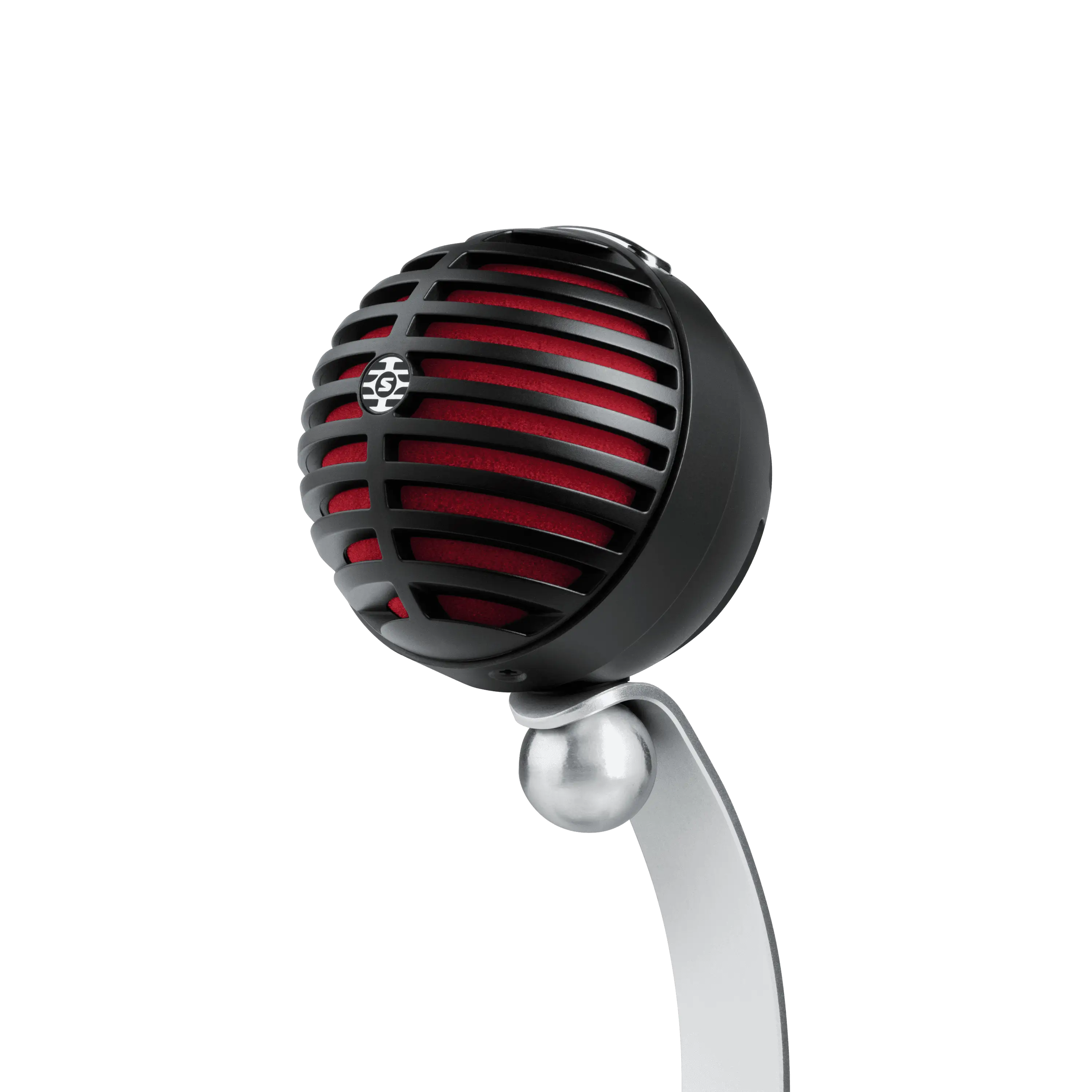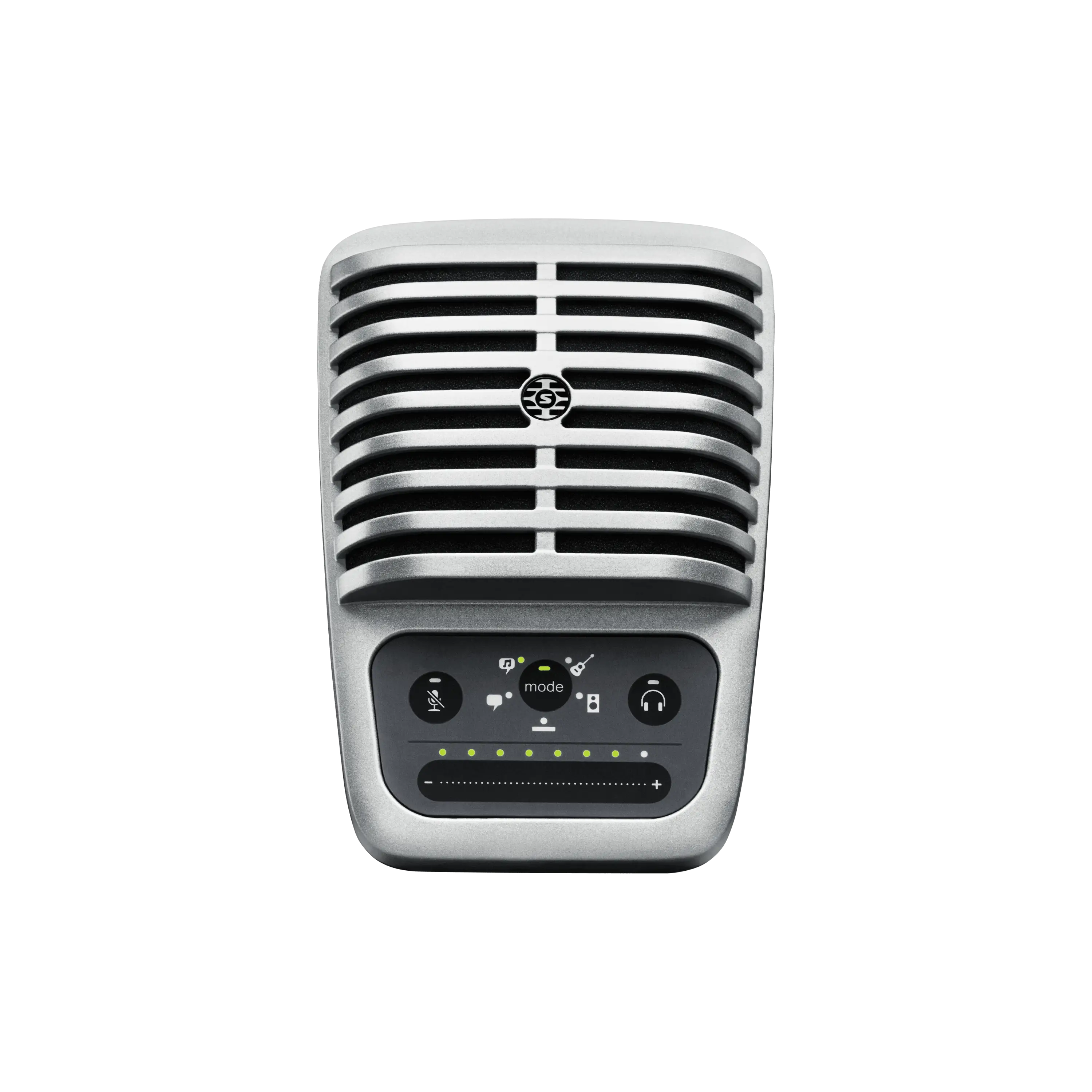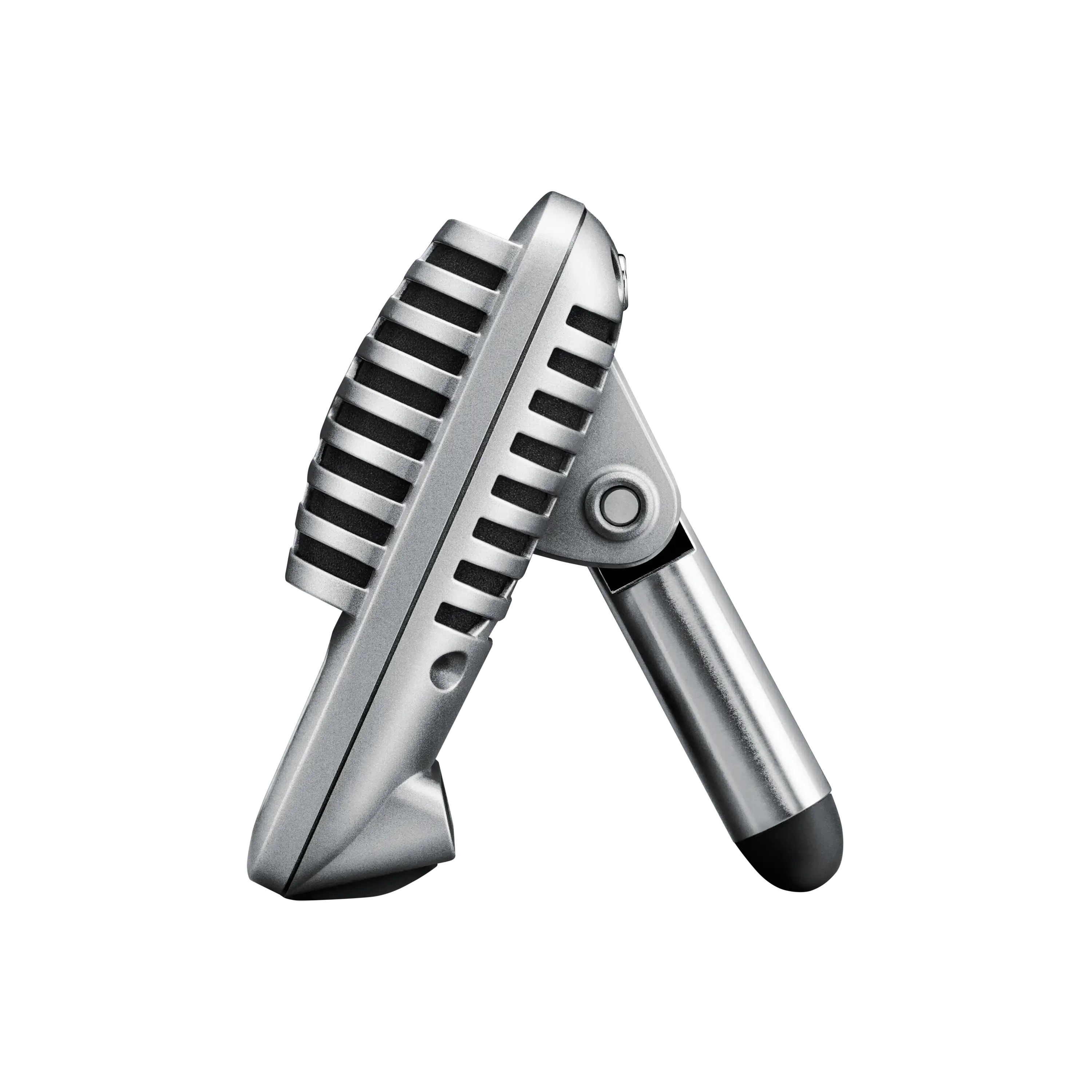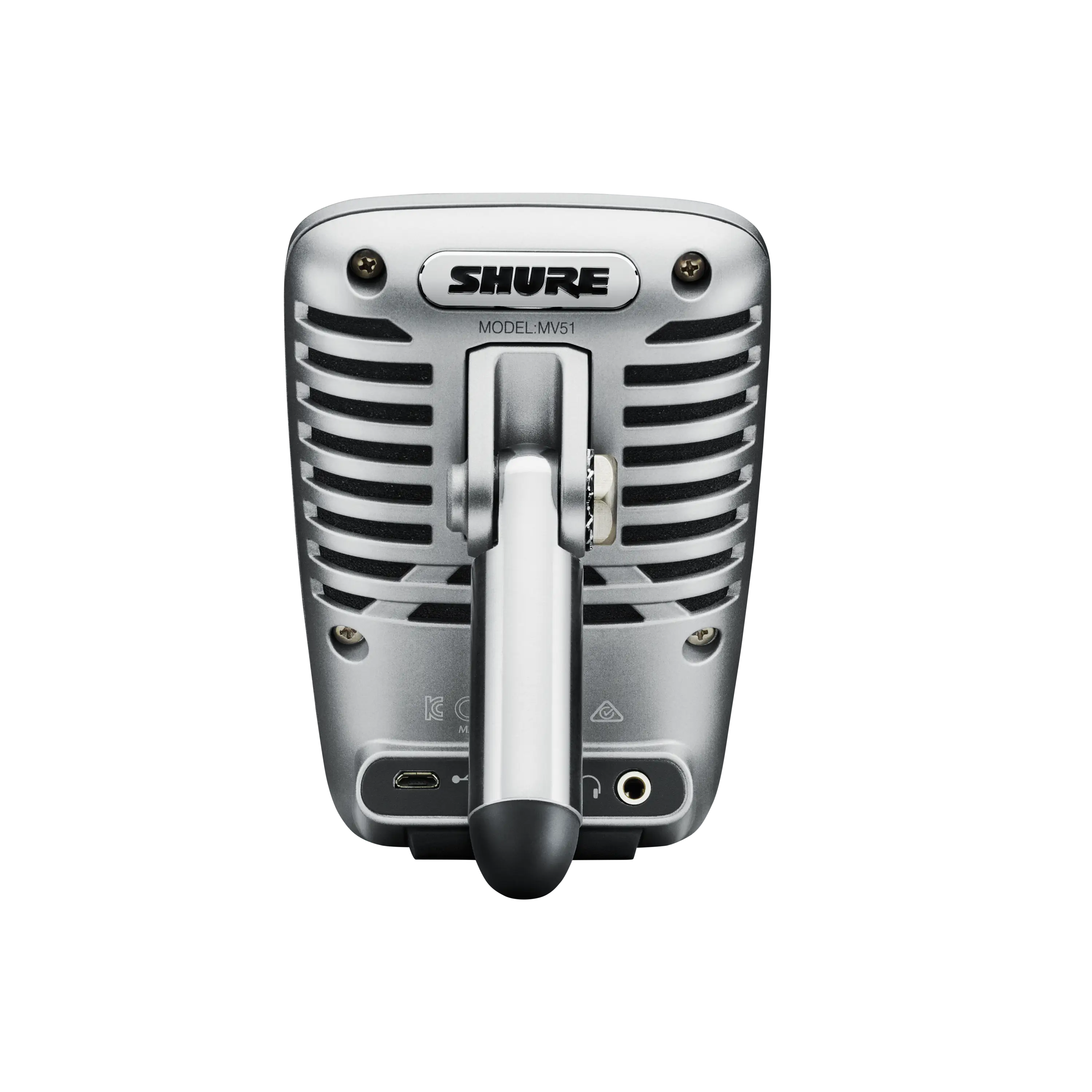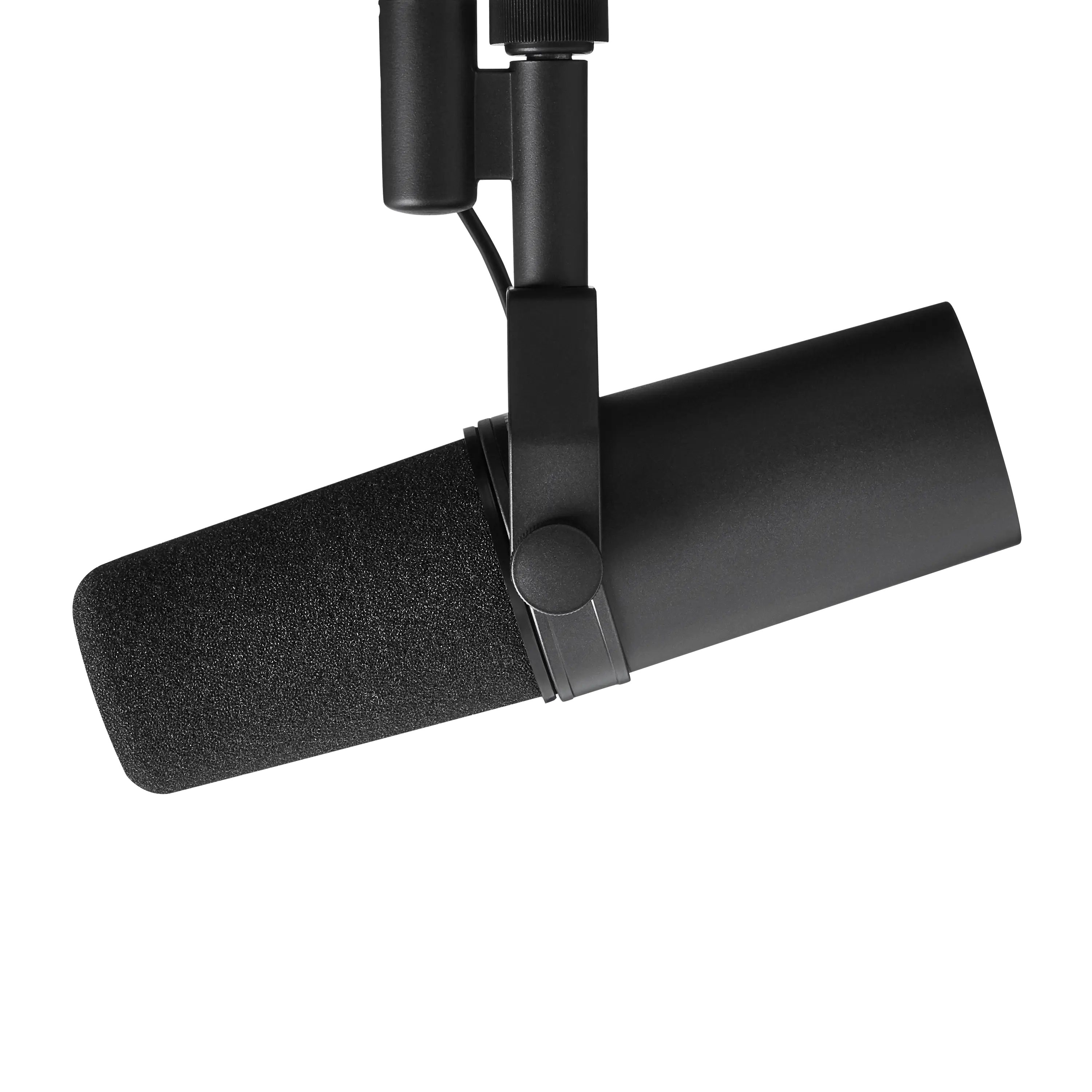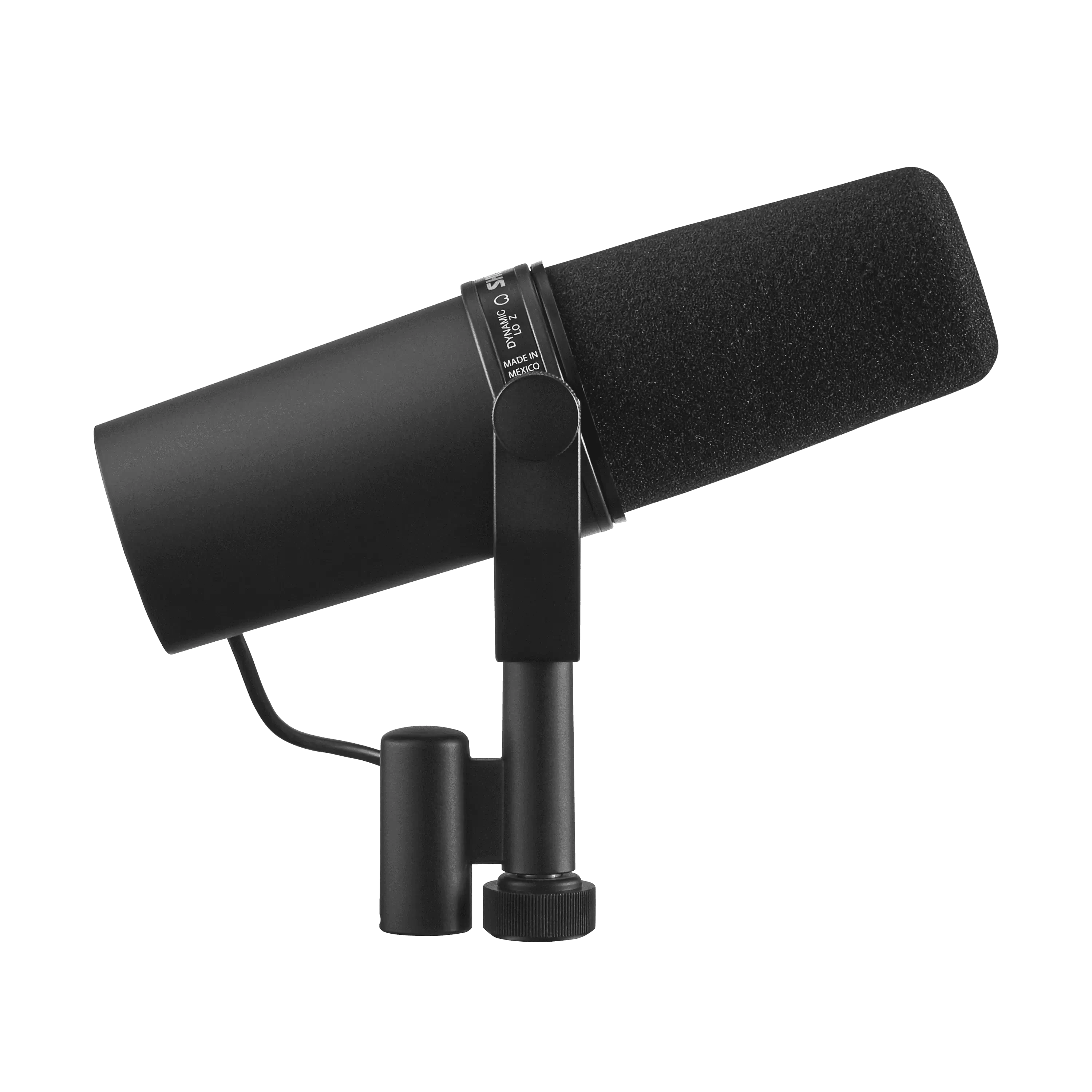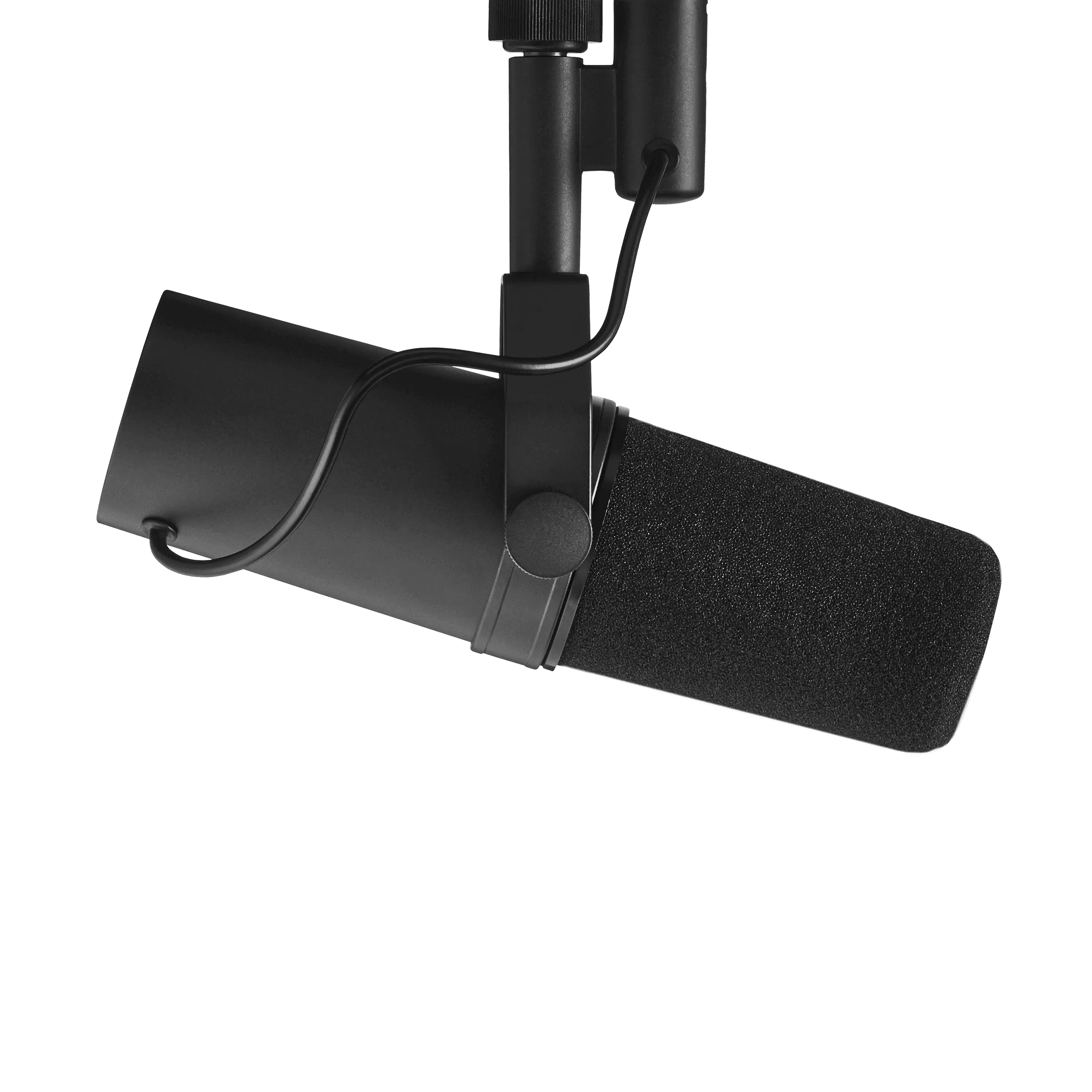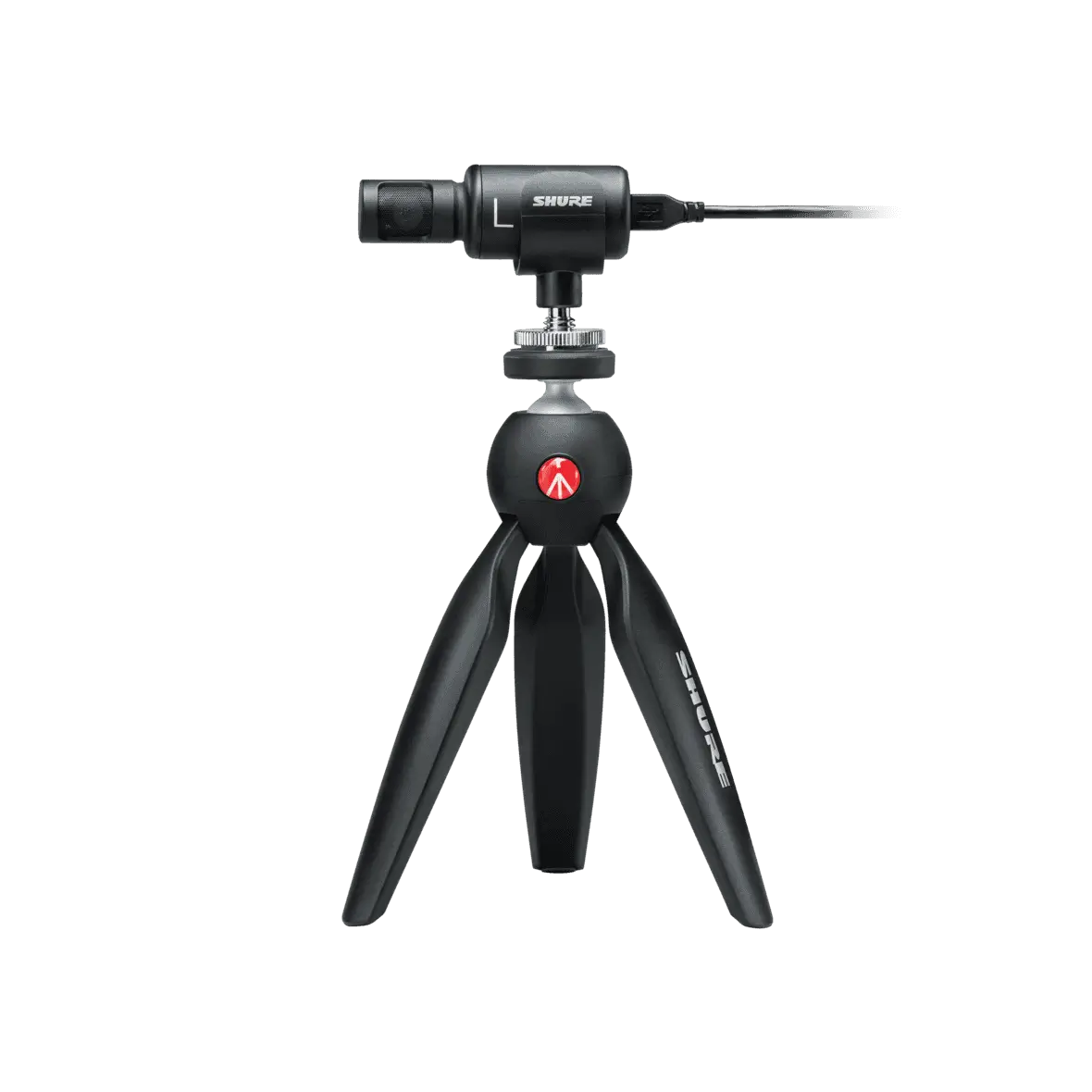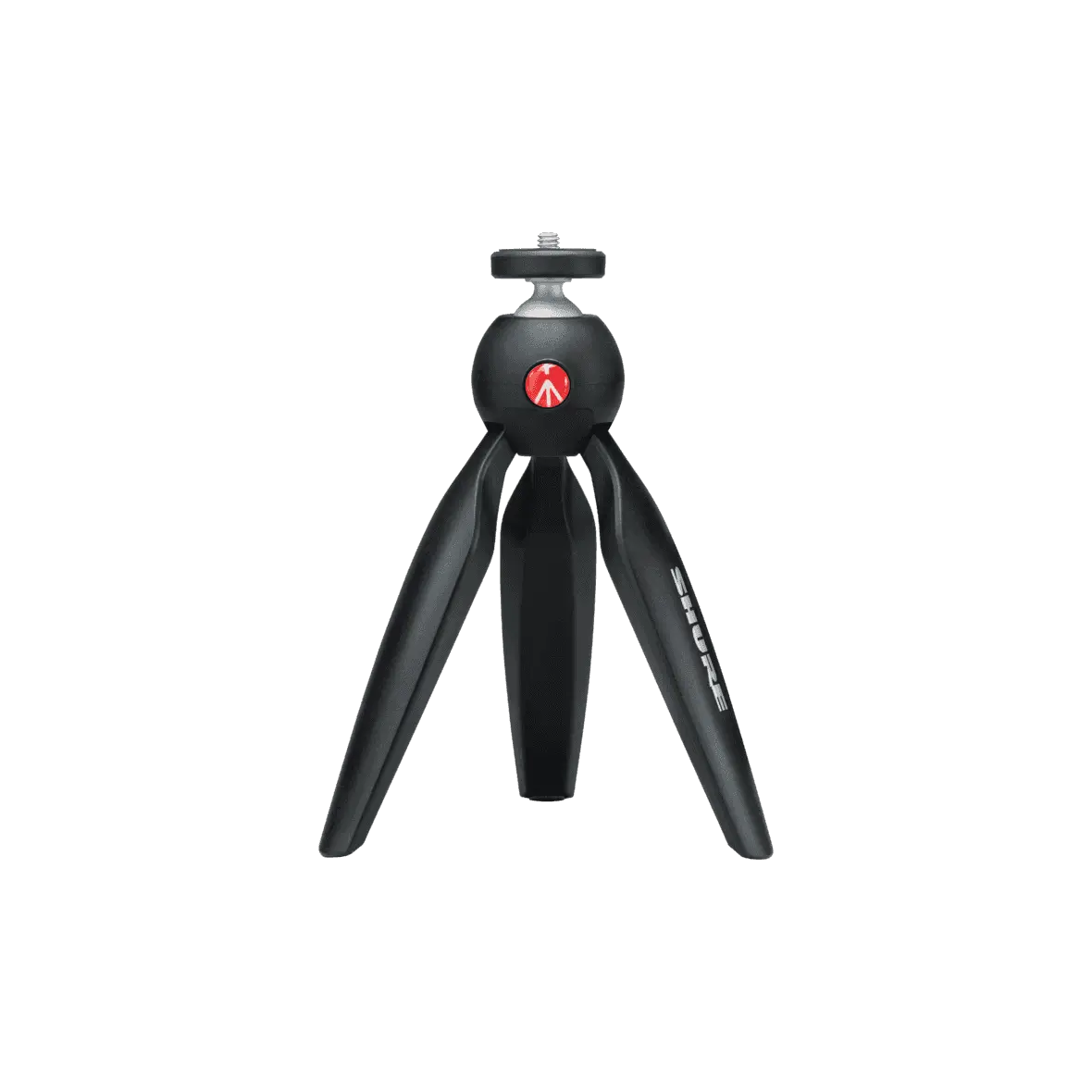Essential Tips for Live Streaming

Consumer-friendly devices are making it easier than ever for beginners to stream video on social media. SOREN PEDERSEN explains how to broadcast live with just a smartphone or laptop and a microphone.
It was fifteen years ago when YouTube co-founder Jawed Karim uploaded a "Me and the San Diego Zoo" video. Eighteen seconds long, with Karim, standing in front of elephants, saying, "The cool thing about these guys is that they have really, really long trunks," the video inspired and unleashed an army of YouTubers.
But when Facebook Live made its debut in 2016, live streaming really made it into the mainstream and put the social media form of narrowcasting within everyone's reach. And why not? The gear is basic, there's no post-production necessary, and a live stream can be pulled off with a crew of one.
From Live Event to Live Stream
In particular, musicians – hard hit by a wave of tour cancellations and venue closings in recent months – have discovered streaming as a way to stay connected with fans. And with no reliable estimate when the live music business might return to any semblance of normality, going live online is also becoming increasingly popular among artists simply looking to cover their rent.
But not everyone is using streaming to earn money for themselves: Mary Spender is an English singer-songwriter and guitarist running a successful YouTube channel. After seeing the immense challenges healthcare workers were facing in Britain, she decided to do a 24-hour live stream to raise funds for her local hospice charity in Salisbury.
"First of all, I had to learn how to live stream on YouTube because I hadn't really done it before," she admits. "I've done a lot of prepared and edited videos on my YouTube channel."
So she put together a setup that allowed her to chat with guests via video calls, as well as play her guitar and sing for viewers from her home studio. A simple webcam and USB mic plugged into her computer provided video and audio from her desk, while her performing rig was slightly more complicated.
"I had the electric guitar running out through my Orange Rocker 15 (amplifier) via the Universal Audio OX box – just to keep a sweet tone while keeping the volume low," she explains. "I didn't want any noise complaints from the neighbors!"
Spender then relied on the open-source OBS streaming software to broadcast everything online.
"The only worrying thing was WiFi strength, but it mostly held up," she says. In the end, the guitarist raised an impressive £17,000 for charity. "I felt like I'd gone on a rollercoaster, but I just sat in one room for 24 hours, and it was spectacular!"
Keep it Simple
In the past, if you wanted to live stream, you needed a video camera, an encoder, an external microphone, an internet connection, and a platform. You still need the internet and a platform, like Facebook Live, but today’s mobile devices and laptops make it possible for first-time live streamers to get going with gear they may already have.
That’s important, since every piece of equipment increases the odds of a technical issue. If one link in the chain fails, the success of your live stream is in jeopardy. Keeping your setup simple, at least in the beginning, will reduce your frustration, lower the odds of technical errors, and help to keep your focus on the content.
Setups for Mobile Devices and Laptops
Most of us have smartphones and either a desktop or laptop computer. Here’s how to pair them with an external mic.
Live Streaming with a Laptop or Desktop Computer
Any USB microphone can be plugged directly into a PC or Mac computer. If you plan to use your keyboard during the live stream, be careful with microphone placement since your viewers will hear the distracting click-click-click of the keyboard. The microphone should be pointed at the sound source and away from your computer or any other potentially distracting noise.
MOTIV microphones – the MV5, MV51 and MV88+ – are digital condenser microphones with built-in DSP settings for different applications. The Speech mode offers low-end boost for live streamers who want that "radio sound," and the acoustic or loud mode is perfect for live streaming a musical performance depending on the volume of the performer.

Live Streaming with Android Devices
The Android platform is open source, which means there are a huge amount of devices all running slightly different combinations of hardware and software. As a result, there is no standard USB audio support. Because of this fragmentation, we don’t recommend using USB mics on Android mobile phones for live streaming. Since there is no standard support, it’s hard to know what will and won’t work.
Live Streaming with iOS Devices
Apple has avoided the fragmentation issue by implementing their own closed and proprietary system. The advantage here is that app developers have some standardized tools to work with and a smaller number of hardware/software combinations to account for, so it’s easier to implement things like external microphone support. In general, iOS apps are more likely to work with a MOTIV mic, and many popular streaming apps like Facebook Live do.
Tips for Beginners and Beyond
Set up your space
Home live streamers can set up their temporary studios wherever there’s space – a bedroom, the dining room, basement, or even the garage. To make the video look good, a decent light source – natural or artificial – is important.
As for the audio, getting great sound is not only a question of using a quality microphone but of eliminating background noise. Keep your distance from busy streets, garbage trucks, and make sure that anything that moves air around the room is turned off.
Test Before Going Live
There are many factors to a successful live stream so it’s a great idea to test before you go live. An easy way to do this is to create a private Facebook group page, invite yourself and a friend or two, and record a test live stream only to that page. You’ll get a sense if your connection is fast enough and see/hear yourself ahead of time. You can get an idea of your internet upload speed at a site like speedtest.net as a quick check.
Speak into the Mic and Don’t Forget to Look at the Camera
The closer you are to the mic, the better the sound. It varies by microphone type, but a general rule of thumb is to position the mic about 3” to 6” from the sound source. If that’s not feasible for your setup, keep the mic as close to that position as possible.
Don’t forget that you are inviting viewers into your space, so make sure to look into the camera and not just the computer screen. It helps to put a little arrow or sticky note pointing to your camera lens to give yourself a reminder while you’re streaming. This can be really hard at first!
Mount Your Camera on a Tripod
If you want to avoid the video verité effect, you’ll need to mount your camera or mobile device to a tripod. Sure, the homemade nature of live streaming is part of its charm, but no one will tolerate a shaky camera for very long.
Have Someone Monitor Your Live Stream
Having an extra pair of eyes and ears on your live stream is mission-critical. In most cases, you won’t be monitoring the sound as you live stream, so a helper can listen in and inform you of audio or video problems.
Avoid Copyrighted Material
Facebook Live, for instance, has some pretty sophisticated algorithms that are constantly listening to live streams. If music is playing that’s not properly licensed, they will boot your video.
That’s why YouTubers, for example, tend to use original material. On the other hand, TikTok, where the average video is 30 seconds, relies on easily-recognizable tunes. Check the platform to determine what their rules are before you hit RECORD.
The Case for an External Mic
Almost all laptops and mobile phones all have built in microphones. But these are omnidirectional (meaning they capture sounds from all directions, which is bad for streaming) and are not designed for maximum audio quality. It’s a live streaming essential to have a good-sounding external cardioid microphone that helps your audience hear you, and not the stuff around you off camera.
Dynamic microphones, like the SM58, tend to be popular since they are inexpensive, super durable, and don’t pick up as much background noise in the environment.
Another example is the Shure SM7B. Considered to be the ultimate podcast microphone, it is a top-shelf choice for live streaming. It has a low output, meaning it doesn’t get much of the environmental noise around it while offering the speaker a rich radio voice sound. Plus, you can tell your friends it’s the same microphone that was used to record Thriller.
To use a dynamic mic like SM58 and SM7B, you’ll simply need an interface like the Shure MVi to connect your XLR microphone into your laptop or mobile device.
Convenience may be the most critical consideration. Shure’s plug-and-play MOTIV line, for example, offers three high-quality iOS and USB digital mics and one interface with multiple DSP presets that easily enhance the sound with the right audio processing for the application. You can find out more about the compatibility of MOTIV products with your setup here.
We know this: Viewers will tolerate poor video a lot longer than poor audio before tuning out. Good sound is important!


